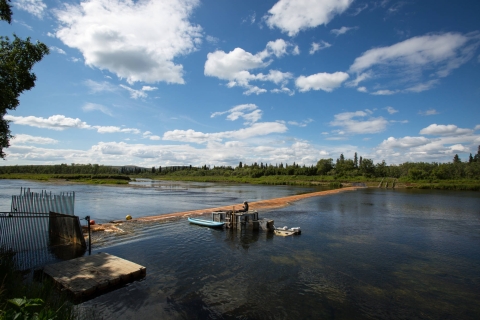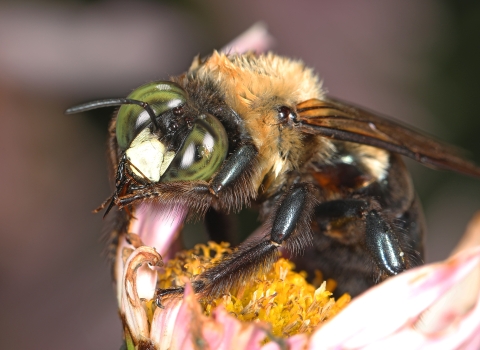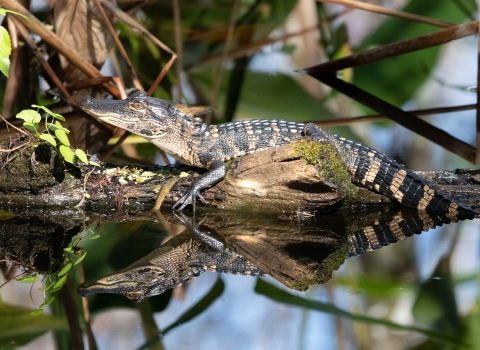During a routine physical exam, your doctor checks your vitals: Weight, heart rate, blood pressure etcetera. Annual visits establish a baseline of personal health against which unhealthy trends can be detected before they become risk factors.
We need baselines for the health of salmon runs too. Weirs help us to establish those baselines and then detect changes in populations over time. They also help fisheries managers evaluate and adjust their management actions, reconstruct past salmon abundances, and forecast future salmon returns. So, get your scrubs on: we’re going to dissect how weirs work and what they tell us about the health of much-valued wild Alaskan salmon.
The weirs we run in Alaska are temporary, permeable "fences" across rivers with an opening in the middle. We construct our weirs with panels of evenly spaced PVC pickets aligned parallel to the direction of flow. The upstream end of each panel is anchored to the river bottom and the downstream end is lifted above the surface by a resistance board that planes upward in flowing water.
The pickets don’t go all the way across the river—they guide migrating fish into a trap box that is occasionally closed so fisheries biologists can briefly take a few measurements and samples from a subset of fish: length, sex, scales for aging, and a small fin clip for genetic analyses. This information can tell us many things about the health of salmon populations (for example, if fewer bigger, older females are returning to a particular tributary or how different populations are contributing to “mixed-stock” harvests downstream).
Take a number. The “patients” wait briefly in the trap box before being seen and released upstream to continue their migration.
Finally, fish enter a narrow chute and pass in front of a video box on their way out. Standard video components include a sealed box filled with clear water that houses a video camera, pond lights and a digital video recorder (DVR) equipped with motion detection software. Power includes green energy sources like solar panels. With this set-up we can record passing fish 24 hours a day even when the water is cloudy. The analog video signal is routed to the DVR and converted to digital format instantaneously. The DVR removes blank footage and only reports motion events. The video footage lets us see the entire run of fish through time and only recording motion events saves staff many hours during review.
Meet the practitioners
Much like a team of doctors and nurses and other specialists keep tabs on the human health, teams of fisheries professionals keep tabs on the health of Alaska’s salmon runs.
For well over a decade, fisheries biologists (like Ken and Jim, below) have been pioneering innovative underwater video technology at weirs. This has led to more accurate and efficient assessments of the health of salmon populations returning to the tributaries of the Kenai River in Kenai National Wildlife Refuge.
Jason from the village of Kwethluk, Alaska counts salmon at the Kwethluk River weir:
In Alaska, Fish and Aquatic Conservation staff are currently operating weirs in Yukon Delta, Yukon Flats, Koyukuk, and Kenai National Wildlife Refuges
- East Fork Andreafsky River weir (Yukon Delta)
- Kwethluk River weir (Yukon Delta)
- Teedriinjik (Chandalar) River weir (Yukon Flats)
- Gisasa River weir (Koyukuk)
- Funny River weir (Kenai)
In Alaska we are shared stewards of world renowned natural resources and our nation’s last true wild places. Our hope is that each generation has the opportunity to live with, live from, discover and enjoy the wildness of this awe-inspiring land and the people who love and depend on it.









